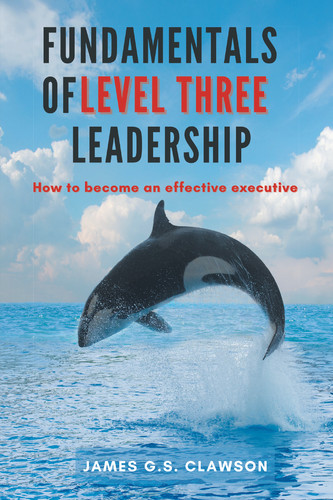Concept
There are many different ways to make decisions. These include: majority (voting), hierarchical (tiered responsibilities), and consensus (we talk until everyone agrees). Toni Bauman adds proportional to this list; she argues that some people in a group may have disproportional influence on a decision.8 McKinsey and Company argues for six dimensions of decision making, each with bi-lateral anchor points:
1. Ad-hoc versus Process driven
2. Action versus Caution
3. Broad data versus Narrow data
4. Corporate versus Personal
5. Continuity versus Change
6. Facts versus Stories.9
These axes, they argue, create five distinctive decision-making styles: visionary, guardian, motivator, flexible, and catalyst.
A major part of the issue of decision making is number of people involved. In autocratic processes, one person makes the decisions. In oligarchies, a small group of people make the decisions. In democratic processes, large numbers of people are involved. None of those involve consensus decision making in which everyone must agree. Agree here means that many must modify or compromise their original positions.
Autocratic decision making is faster if and when you have a decisive leader. The downside is that less data is considered and implementation can be a challenge if the followers don’t buy-in.
Democratic/voting decision making serves the majority but can overlook or ignore the condition of the minorities.
Consensus decision making takes a lot more time and may conclude with modest buy-in even though it is intended to create higher buy-in.
The ways to assess decisions include speed, participation, and buy-in. More participation takes more time but may enhance buy-in. Autocratic decision making can be faster but may omit key information from non-participants and can erode buy-in. Where do you draw the line between speed, involvement, and buy-in in your decision making? Is there a way to make fast, well-informed, highly participative, and highly energizing decisions?
Example
A father says at dinner after listening to his daughters argue over clothing, “There will be no more sharing of clothes! I can’t stand all this bickering! You wear your own clothes. Period!”
The board of a non-profit organization with VABEs about respect for everyone debates for days the purpose of their organization.
A CEO reports the results of two years of executive committee of discussion for their four year strategic plan and … not much changes.
A CEO listens to a custodian on his way out the door, and by using her advice, saves his company from virtual destruction.
Diagram

Challenge
1. How do you prefer to make decisions?
2. How would assess your preferred decision-making style on the triangle above? Where does the meeting point in the middle lie?
3. What are the downsides of your decision-making style?
4. What are the upsides to your decision-making style?
5. Do you have the flexibility to change your decision-making style?
8 https://auroraproject.com.au/sites/default/files/common_decision_making_processes.pdf
9 http://inc.com/erik-sherman/which-of-the-5-kinds-of-decision-maker-are-you.html

